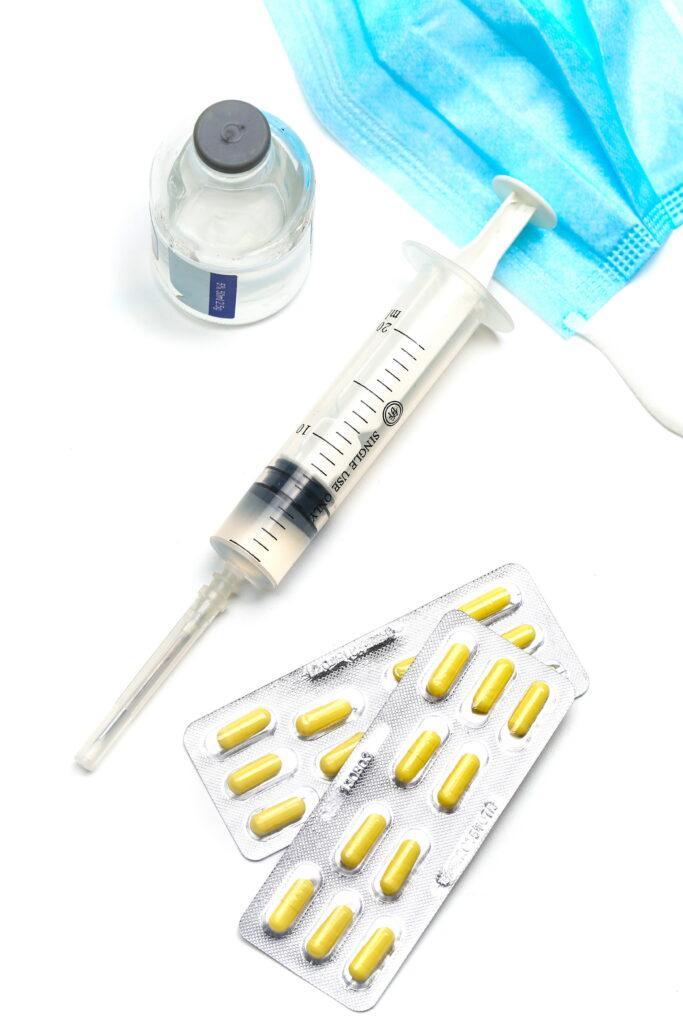The Future of Norovirus Prevention: A Comprehensive Look at the Breakthrough Oral Vaccine and Its Global Implications
Introduction
Norovirus, often dubbed the “winter vomiting bug,” is one of the most common and highly contagious viral infections worldwide. Every year, it causes millions of cases of acute gastroenteritis, leading to severe dehydration, hospitalizations, and even death in vulnerable populations. Despite its prevalence, developing an effective vaccine has been a longstanding challenge—until now.
A groundbreaking oral vaccine pill has recently shown promising results in early clinical trials, particularly in older adults, who are among the most at-risk groups. This vaccine represents a significant shift from traditional injectable approaches, targeting the virus where it replicates: the gut.
In this 10,000-word deep dive, we will explore:
- The Global Burden of Norovirus
- Why Previous Vaccine Attempts Failed
- How This New Oral Vaccine Works
- Clinical Trial Results & Key Findings
- Challenges & Next Steps for Development
- Potential Societal & Economic Impact
- Expert Opinions & Future Directions
1. The Global Burden of Norovirus
1.1 Epidemiology & Transmission
Norovirus is notorious for its rapid spread in:
- Hospitals & nursing homes (where outbreaks can be deadly)
- Schools & daycare centers (affecting children under 5)
- Cruise ships & military barracks (close-quarter transmission)
Key statistics:
- 685 million infections annually worldwide (WHO)
- 200,000+ deaths per year, mostly in developing nations
- Leading cause of foodborne illness in the U.S.
1.2 High-Risk Groups
While most people recover in 1–3 days, severe cases occur in:
- Older adults (65+) – Weaker immune systems, higher hospitalization rates
- Young children – Risk of dehydration and complications
- Immunocompromised individuals – Prolonged viral shedding
1.3 Economic & Healthcare Impact
- $10 billion annual cost in the U.S. (hospitalizations, lost productivity)
- Strains healthcare systems during seasonal outbreaks
- Disrupts food industries (norovirus is a leading cause of food recalls)
2. Why Previous Vaccine Attempts Failed
2.1 The Challenge of Norovirus Variability
Norovirus has multiple genogroups (GI, GII, GIV) and evolves rapidly, making a universal vaccine difficult.
2.2 Injectable Vaccines: A Mismatch for Gut Immunity
Past attempts focused on injected vaccines, which:
- Stimulate systemic antibodies (IgG) but not gut-specific IgA
- Fail to block viral entry in the intestines
2.3 The Need for a New Approach
An oral vaccine could:
✅ Directly target intestinal immunity
✅ Trigger mucosal IgA antibodies (first line of defense)
✅ Mimic natural infection response
3. How This New Oral Vaccine Works
3.1 The Science Behind the Pill
Developed by Vaxart, this vaccine uses:
- Adenovirus vector to deliver norovirus proteins
- Stimulates IgA production in the gut and saliva
- Does not require refrigeration (unlike some injectables)

3.2 Advantages Over Traditional Vaccines
| Feature | Oral Vaccine | Injectable Vaccines |
|---|---|---|
| Immunity Site | Gut-focused | Bloodstream-focused |
| Ease of Use | Pill form | Needle required |
| Stability | Room-temperature storage | Often requires cold chain |
4. Clinical Trial Results & Key Findings
4.1 Study Design
- Participants: 33 adults (55–80 years old)
- Groups:
- 11 received vaccine pill
- 22 received placebo
- Follow-up: Antibody levels measured at 1 month & 6 months
4.2 Key Outcomes
- 10x increase in blood IgA antibodies
- 7x increase in saliva IgA antibodies
- Protection lasted 6+ months
4.3 Expert Reactions
“The mucosal immune response is crucial—this could be the missing piece in norovirus vaccine development.”
— Dr. Sarah Caddy, Cornell University
5. Challenges & Next Steps
5.1 Strain Coverage
- Current trial focused on GI.1 strain
- Unpublished data suggests cross-protection against GII.4
5.2 Real-World Efficacy Testing
- Does it reduce outbreaks in nursing homes?
- Can it lower hospitalizations in children?
5.3 Regulatory & Manufacturing Hurdles
- FDA approval timeline (estimated 2–3 years)
- Scaling up production for global distribution
6. Potential Societal & Economic Impact
6.1 Reducing Healthcare Burden
- Fewer norovirus-related hospitalizations
- Less strain on emergency rooms during outbreaks
6.2 Protecting Vulnerable Populations
- Nursing homes (where outbreaks are deadly)
- Daycare centers (reducing child infections)
6.3 Global Health Implications
- Could this model work for rotavirus, cholera, or even COVID-19?
7. Expert Opinions & Future Directions
7.1 What’s Next in Norovirus Research?
- Combination vaccines (targeting multiple strains)
- Long-term immunity studies (5+ years)
7.2 Will This Be a Game-Changer?
“If this works at scale, it could revolutionize how we prevent gastrointestinal viruses.”
— Sean Tucker, Vaxart
Conclusion
This oral norovirus vaccine represents a major leap forward in infectious disease prevention. While challenges remain, the potential to save lives, reduce healthcare costs, and prevent outbreaks makes this one of the most exciting developments in vaccinology today.
Final Thought: Could this be the beginning of a new era in mucosal vaccines? Only time—and further research—will tell.

